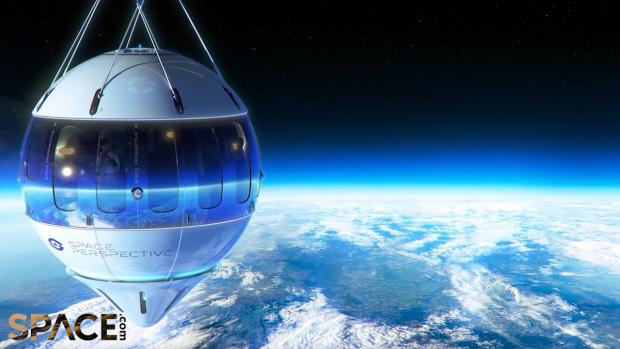
Breaking News
 Watch: Trump Announces New 'Golden Fleet' of Battleships
Watch: Trump Announces New 'Golden Fleet' of Battleships
 You're Not Allowed to Notice This. Highlights
You're Not Allowed to Notice This. Highlights
 FDA Leadership Refuses to Add Black Box Warning to mRNA Injections--Despite FDA Scientists...
FDA Leadership Refuses to Add Black Box Warning to mRNA Injections--Despite FDA Scientists...
 The FBI May Have Arrested the Wrong Man in the J6 Pipe Bomber Case. The Statute of Limitations...
The FBI May Have Arrested the Wrong Man in the J6 Pipe Bomber Case. The Statute of Limitations...
Top Tech News
 Perfect Aircrete, Kitchen Ingredients.
Perfect Aircrete, Kitchen Ingredients.
 Futuristic pixel-raising display lets you feel what's onscreen
Futuristic pixel-raising display lets you feel what's onscreen
 Cutting-Edge Facility Generates Pure Water and Hydrogen Fuel from Seawater for Mere Pennies
Cutting-Edge Facility Generates Pure Water and Hydrogen Fuel from Seawater for Mere Pennies
 This tiny dev board is packed with features for ambitious makers
This tiny dev board is packed with features for ambitious makers
 Scientists Discover Gel to Regrow Tooth Enamel
Scientists Discover Gel to Regrow Tooth Enamel
 Vitamin C and Dandelion Root Killing Cancer Cells -- as Former CDC Director Calls for COVID-19...
Vitamin C and Dandelion Root Killing Cancer Cells -- as Former CDC Director Calls for COVID-19...
 Galactic Brain: US firm plans space-based data centers, power grid to challenge China
Galactic Brain: US firm plans space-based data centers, power grid to challenge China
 A microbial cleanup for glyphosate just earned a patent. Here's why that matters
A microbial cleanup for glyphosate just earned a patent. Here's why that matters
 Japan Breaks Internet Speed Record with 5 Million Times Faster Data Transfer
Japan Breaks Internet Speed Record with 5 Million Times Faster Data Transfer
Forget Houston. This Space Balloon Will Launch You to the Edge of the Cosmos From a Floating...

Space Perspective's Spaceship Neptune balloon and capsule are closing in on commercial flight, and it will launch from the middle of the high seas. We're the first media on board.
Many design projects have started with Lego building blocks, but the ship-based launch system for Space Perspective's Spaceship Neptune balloon and capsule is a most unique and remarkable example.
"We kept buying more boxes of them as we reconfigured the mock-up," says Taber MacCallum, who cofounded Space Perspective with his wife, Jane Poynter, in 2019 and serves as its chief technology officer.
The complex roller system aboard the Florida outfit's 294-foot MS Voyager releases the 650-foot-long balloon and its passenger pod using a mere 200 feet of deck space. The enormous mechanized spools resemble a supersize Rube Goldberg machine, working with uncanny precision as they slowly unfurl—in a zigzagging process—the capsule's sole means of propulsion.
"The objective is to be very gentle with the balloon and not put any pressure points on it," says MacCallum during Robb Report's recent tour of the ship. A trace amount of hydrogen is injected into the tip of the balloon, and the rollers bring it vertical before it's tethered to the capsule on the stern. "We need just 1 percent of lift gas, since hydrogen expands as it rises," explains MacCallum, adding that "by the time it reaches the apogee at 100,000 feet, the balloon's fully inflated."
While the spool arrangement for deployment is certainly innovative, the ship itself is even more noteworthy as the aerospace industry's first marine spaceport for human flights. As such, the company has worked closely with the Federal Aviation Administration and the U.S. Coast Guard to follow regulations for what is, essentially, a new type of vessel.
MacCallum originally dismissed the idea of a floating launchpad, but then realized its safety case was more compelling than land-based options. No parachutes are needed for splashdown (the balloon controls the descent) and the ocean doesn't require a precise landing spot. Plus, the onboard mission control supplements the main operations center in Titusville, Fla.

 Advanced Propulsion Resources Part 1 of 2
Advanced Propulsion Resources Part 1 of 2

